BioCouture by Suzanne Lee
Lee's latest garment - which uses these growing textiles - is the 'BioCouture' jacket. Made from cellulose, instead of plant-based fibers, it is produced by millions of tiny bacteria grown in bathtubs of sweet green tea.
BioCouture
London-based Suzanne Lee was a Senior Research Fellow in the School of Fashion & Textiles, London between 2000 and 2011 where this work was developed. She is now a TED Senior Fellow and the Creative Director of BioCouture, a design consultancy that investigates the growth of clothing through the use of bacterial cellulose. Lee's latest garment - which uses these growing textiles - is the 'BioCouture' jacket. Made from cellulose, instead of plant-based fibers, it is produced by millions of tiny bacteria grown in bathtubs of sweet green tea.
Textile Futures
At Central St. Martins, one of the courses they teach is ‘Textile Futures’. They focus on alternative material sources to consider futures where we might not be able to rely on standard materials for clothing. For instance, if cotton became impossible to grow, we could turn to existing natural materials like bamboo and hemp, but, there are also other, less explored, equally organic ways of generating and creating cloth. This could be from bacteria or perhaps even minerals. In the course, students dive into explorations of these alternative material solutions for future clothing and BioCouture is one of its outcomes.
On first glance
Suzanne Lee designed this jacket from bacteria grown in her bathtub. Because it looks so similar to leather, its unusual production methods might be overlooked by many, on first glance. This challenges our assumptions of what clothes can and will be made from in the future.
We assume that they’ll be made of cotton and other traditional fibers we use today, however, there are many uncertainties: economics, natural disasters, and global warming. We don’t know yet what sort of impact any of these could have on the way we produce textiles. Regardless, working with cottons is a very expensive process; it costs a lot to the environment and in energy resourcing. This leads us to ask, are there better, greener solutions for our clothing? What if you could have clothing that you could put into the ground where it breaks down to fertilize your garden? Wouldn’t that be fantastic?
Cultivating bacteria to create clothing, offers a very different, very natural solution to clothing production. More than that, Biocouture inspires us to reconsider the materiality of our world. We take for granted that our clothes will be made of cotton, or our tables will be made of wood. With a new source for fabrics and materials, it opens up the door to a lot of possibilities.
Further reading
- Biocouture homepage - http://biocouture.co.uk/
- Biocouture Production - http://www.youtube.com/watch?v=WVW-jSdhILs
- Fashioning the Future, Book by Susanne Lee
- Wired Article - Biocouture from the lab to the high street - http://www.wired.co.uk/magazine/archive/2014/01/start/biocouture-from-the-lab-to-the-high-street
- TED Talk by Susanne Lee - http://www.ted.com/talks/suzanne_lee_grow_your_own_clothes.html
No comments yet. Why not add the first?
Acknowledgements & Credits
Susan Lee, Biocouture - http://biocouture.co.uk/
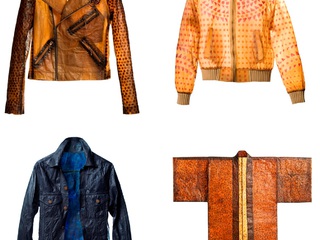
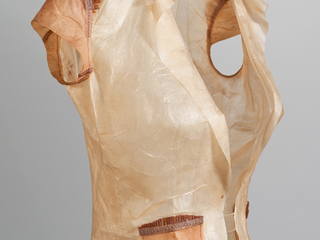

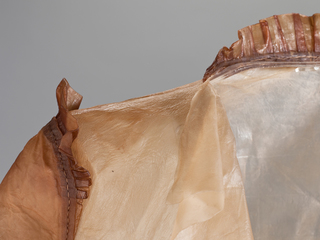
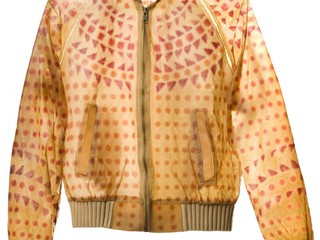
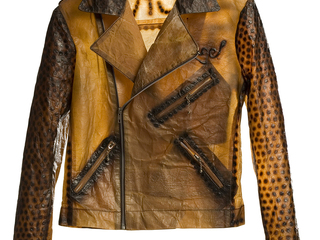
← Back to work
0 Comments